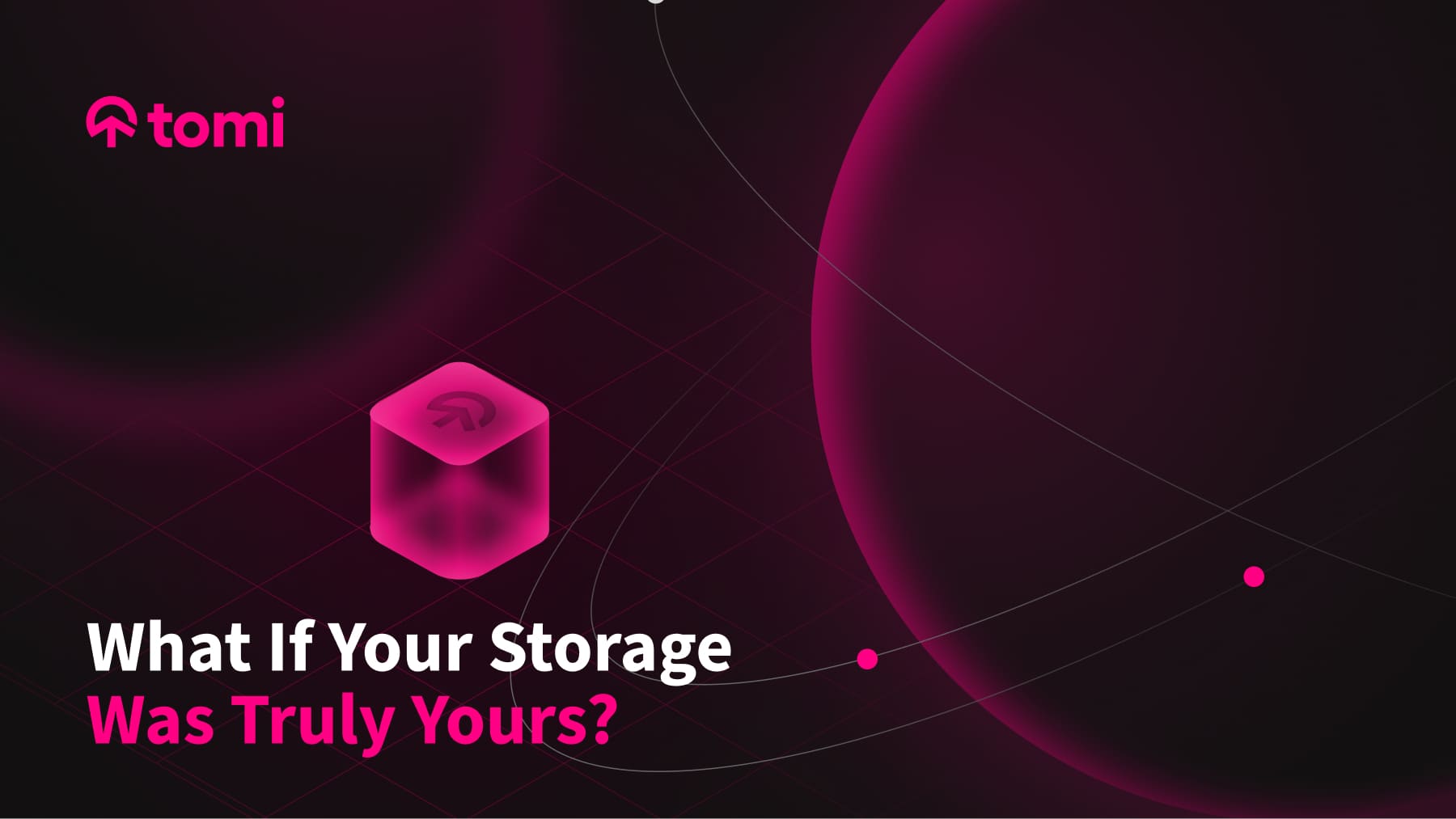
Eclipse Introduces Ethereum Rollup Powered by Solana
Eclipse unveils its innovative mainnet blueprint, leveraging Solana-powered Layer 2 scaling solutions to address Ethereum’s scalability issues, promising enhanced speed
Key Points
- Eclipse blockchain network reveals the blueprint for its innovative mainnet, a Solana-powered Ethereum Layer 2 (L2) solution.
- The mainnet aims to address Ethereum’s scalability issues, offering enhanced transaction speed and throughput.
- Eclipse’s architecture promises a seamless, efficient, and low-fee experience for Ethereum users.
- The integration of Solana’s advanced technology positions Eclipse as a prominent player in the blockchain arena, potentially outperforming existing platforms.
Eclipse, the renowned blockchain network, has recently unveiled the blueprint of its highly anticipated Eclipse mainnet. This cutting-edge platform is set to revolutionize the Ethereum ecosystem by incorporating Solana-powered Ethereum Layer 2 (L2) scaling infrastructure.
The digital ecosystem is abuzz with excitement and anticipation as Eclipse takes center stage with its groundbreaking architecture. This major development aims to address the long-standing scalability issues faced by Ethereum, paving the way for enhanced transaction speed and throughput.
Introducing Ethereum’s fastest L2, powered by the SVM.
We’re excited to finally announce the Eclipse Mainnet architecture: https://t.co/unBui73NCP
— Eclipse (@EclipseFND) September 19, 2023
The Power of Solana
By harnessing the power of Solana, a high-performance blockchain protocol, Eclipse aims to significantly boost Ethereum’s capacity and scalability. As the demand for decentralized applications (dApps) and smart contracts continues to surge, the need for an efficient and scalable infrastructure becomes increasingly essential.
Eclipse’s integration of Solana’s L2 scaling solution is poised to offer a seamless experience for Ethereum users, allowing them to process transactions faster and at a much lower fee. With Solana’s advanced technology, Eclipse can alleviate the network congestion and high transaction costs that have plagued Ethereum for years.
This innovative approach comes at a critical time as blockchain technology gains widespread adoption, with industries across the globe recognizing its potential to revolutionize various sectors such as finance, supply chain management, and data privacy.
The Eclipse mainnet’s architecture is carefully designed to provide a robust and secure environment for developers and users alike. By leveraging Solana’s proven track record in scalability and security, Eclipse aims to establish itself as a prominent player in the blockchain arena.
The Eclipse mainnet is expected to attract a myriad of developers and users who seek a more efficient and reliable Ethereum experience. By eliminating the hurdles of scalability and exorbitant fees, Eclipse envisions a future where decentralized applications can thrive and bring mass adoption of blockchain technology.
Concluding Thoughts
Furthermore, this significant development positions Eclipse as a formidable competitor in the blockchain landscape. With its Solana-powered Ethereum L2 scaling structure, Eclipse has the potential to outperform other existing platforms, capturing the attention of investors, developers, and enterprises in the decentralized ecosystem.
In conclusion, Eclipse’s announcement of its groundbreaking Eclipse mainnet architecture marks a remarkable milestone for the Ethereum ecosystem. With Solana’s L2 scaling infrastructure, Ethereum is well-equipped to tackle its scalability challenges head-on, revolutionizing the blockchain landscape and fueling widespread adoption of decentralized applications. As Eclipse prepares to launch its mainnet, the future of Ethereum looks promising, attracting a new wave of enthusiasts eager to be part of this transformative journey.








